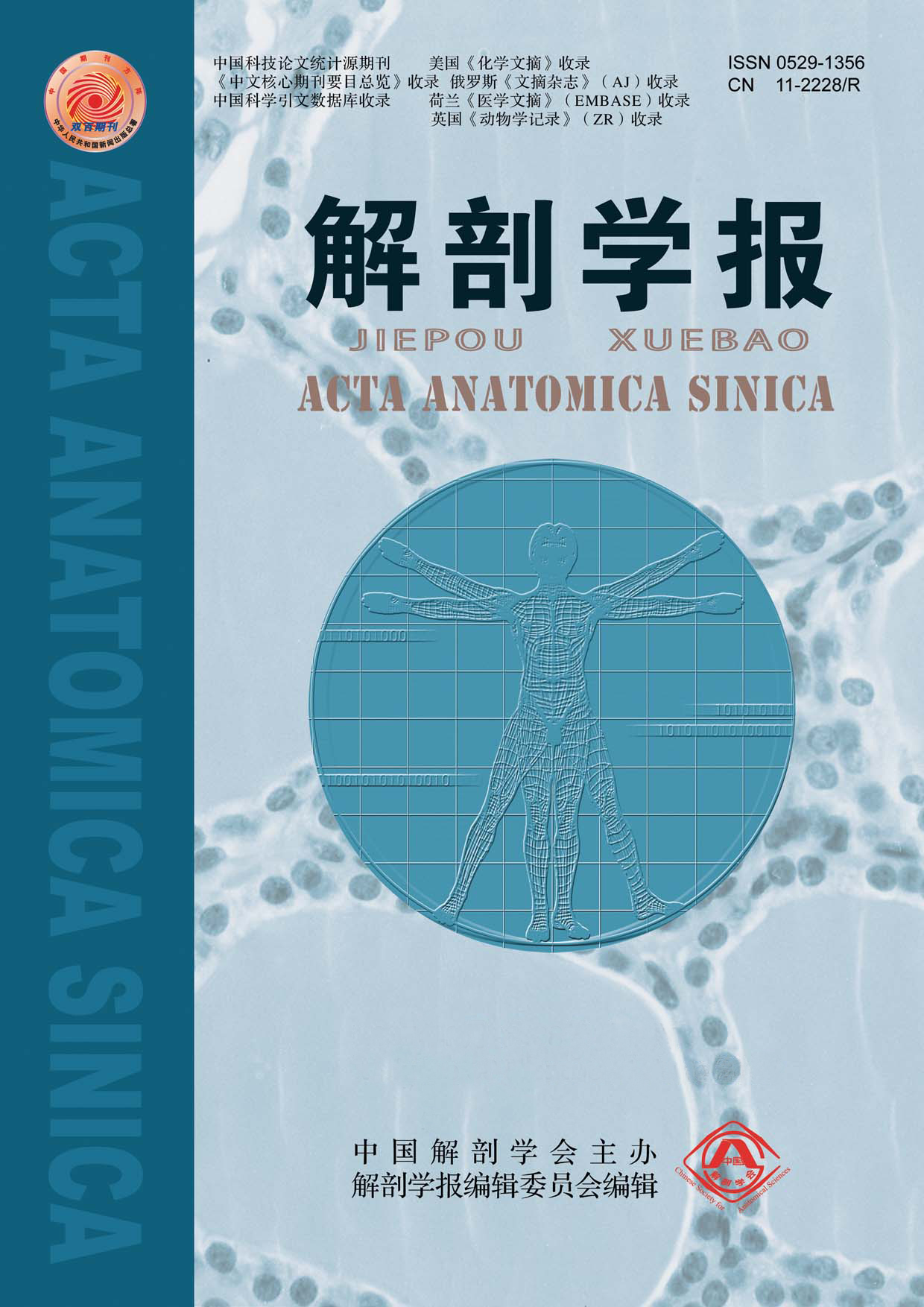Objective To measure the anatomical structure of the occipital condyle (OC) and the occipital foramen (FM) by three-dimensional reconstruction, and to analyze the morphological characteristics and relative positional relationship of the occipital condyle and occipital foramen, in order to provide anatomical parameters for the imaging diagnosis of the craniocervical junction and the choice of surgical approach. Methods Sixty normal subjects were selected with CT scans of the skull and upper cervical spine, including 30 males and 30 females, aged 20-65 (48.18±16.17) years old. The data were imported into the Syngo.via VB10B software, and the skull was reconstructed in three dimensions. To observe the shape of the occipital condyle and occipital foramen, and to measure the occipital condyle length, width, height, condyle inclination angle(CIA), longitudinal diameter, transverse diameter, area of the occipital foramen, the maximum distance between the cranial eyebrow and the posterior cranial point (SML), the crimson eyebrow on the SML line, the distance from the interpoint to the posterior margin of the occipital condyle (GOCP), the vertical distance between the anterior edge of the occipital foramen to the posterior margin of the occipital condyle (AOCP), and the distance from the medial margin of the left and right occipital condyles to the Y axis (OC-M), left and right occipital condyle posterior margin to X ax s distance (OC-P); occipital condyle classification index (OCI), occipital condyle relative index of head (SOCI), midpoint on the SML straight line to the occipital condyle Marginal connection distance (COCP,COCP=GOCP-SML/2), and determine the type of relative positional relationship between left and right occipital condyles. Results The differences in anatomical length, width and height of the occipital condyle were statistically significant (P<0.05), and men were larger than women; the occipital foramen area, longitudinal diameter of the occipital foramen, SML, GOCP, AOCP had statistical differences (P<0.05). The lateral differences of occipital condyle inclination were statistically significant (P<0.05), and the left side was greater than the right side. The differences in OC-M and OC-P sides were statistically significant (P<0.05). The former was larger on the right than on the left; the latter was larger on the left than on the right. The longitudinal diameter of the occipital foramen was positively correlated with the area of the occipital foramen and AOCP; OCI classification result were as follows: type Ⅰ (OCI<0.45) had 8 cases (13.33%), type Ⅱ (0.45≤OCI<0.50) had 47 cases (78.33%), type Ⅲ (OCI≥0.50) had 5 cases (8.33%). SOCI classification result were as follows: type Ⅰ (SOCI<0.60) had 2 cases (3.33%), type Ⅱ (0.60≤OCI<0.75) had 54 cases (90.00%), type Ⅲ (SOCI≥0.75) had 4 cases (6.67%). Conclusion The anatomical parameters of the occipital condyle in Inner Mongolia can be implanted with occipital condylar screws. The position of the occipital condyle relative to the foramen magnum and the skull is highly variable.


